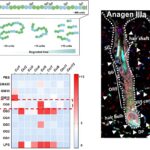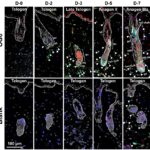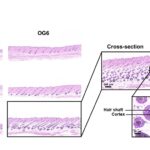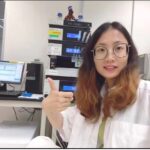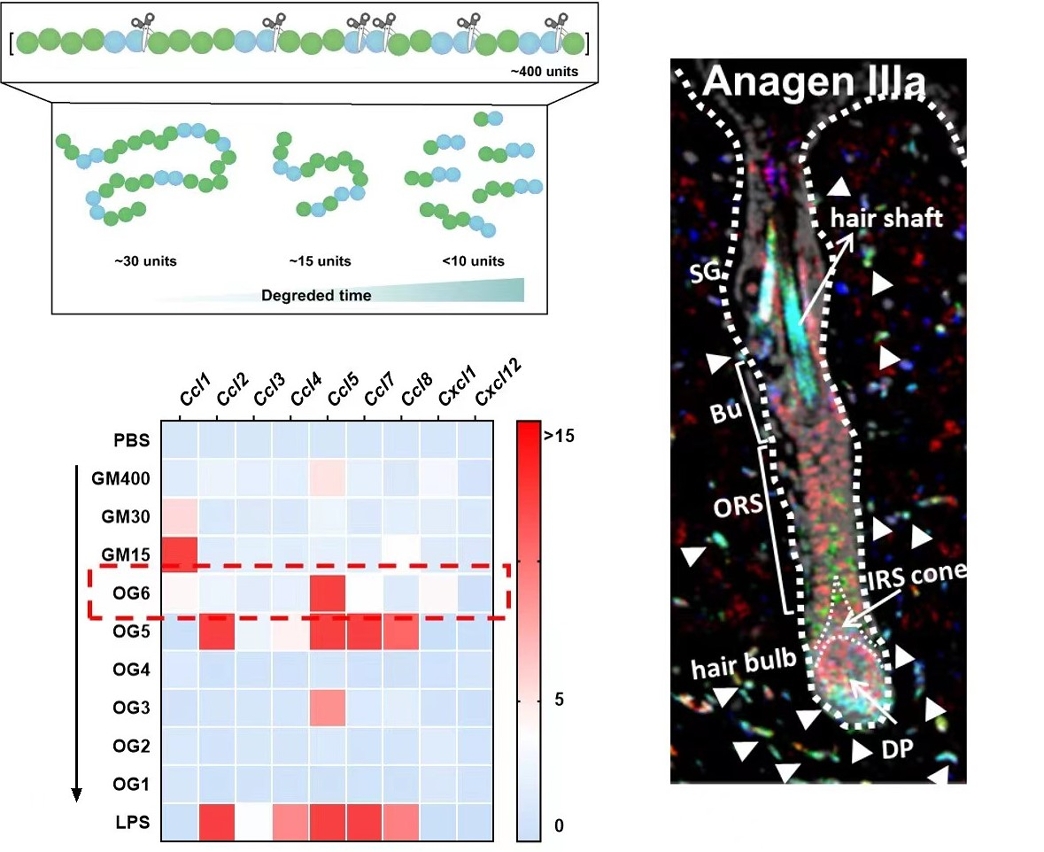 The new biomaterial developed by the UM team induces murine hair regrowth
The new biomaterial developed by the UM team induces murine hair regrowth
A research team led by Wang Chunming, professor at the Institute of Chinese Medical Sciences and the State Key Laboratory of Quality Research in Chinese Medicine of the University of Macau (UM), in collaboration with Dong Lei, professor at the School of Life Sciences of Nanjing University, and Xiao Jian, professor at the School of Pharmaceutical Sciences of Wenzhou Medical University, has developed a new biomaterial based on plant-derived oligosaccharides (OG6). The study shows that injecting OG6 into the skin of mice could markedly accelerate hair growth. The research results are protected by a granted Chinese invention patent and under the Patent Cooperation Treaty (PCT) and have been published in the top international journal Advanced Materials.
Human hair has vital physiological functions. However, hair loss caused by genetic factors, hormone levels, emotional stress, and other factors, affects tens of millions of people worldwide. At present, there are few clinically approved drugs available on the market and the side effects are substantial, while hair transplantation can be costly and painful. The clinical demand and market value of hair loss treatment are therefore considerable. Prof Wang, who initiated the research three years ago, is now discussing future collaboration with companies and clinical institutions to fast-track the clinical translation of the research results and develop a new drug for the market. He also hopes to be one of the first batch of users of the new drug.
According to Prof Wang, mammalian hair grows from hair follicles (HFs) and hair growth is cyclical, with the transition from ‘anagen’ (growth) to ‘telogen’ (rest) phases being regulated by the physiological microenvironment of the local tissues. Changes in the number of certain immune cells or the concentration of specific cytokines can stimulate HF growth, but such changes are difficult to control precisely. In the study, the team optimised an enzyme, which acts like a pair of scissors, to ‘cut’ the large molecules from natural plant-derived glucomannan polysaccharides into smaller oligosaccharides, from which the researchers identified a fraction called OG6. OG6 can specifically induce specific cells in the skin to release a signal called CCL5. The signal acts like a traffic light and leads a type of immune cells called regulatory T cells to migrate towards HFs, interact with the stem cells around HFs, and stimulate HFs to enter the anagen phase. It is interesting to note that neither the large molecules that serve as source material nor the other small fractions obtained from the cutting possess this specific function of OG6. The team speculated that the cutting exposes the ‘hidden activity’ of the oligosaccharides, which is concealed by the polysaccharide chain. After verifying the molecular mechanism of OG6 with multiple biological methodologies, they injected OG6 into the dermal tissue of wild-type and transgenic mice whose hair had been shaved and observed that healthy hairs grew rapidly in situ without skin allergies or toxic side effects. More importantly, OG6 is a safe substance as its final degradation products are glucose and mannose, which are already present in the human body.
Yin Xiaoyu, a master’s graduate of the Institute of Chinese Medical Sciences of UM, is the first author of the study. The research project was supported by the ‘Macao Funding Scheme for Key R&D Projects’ of the Science and Technology Development Fund of the Macao SAR (File no: 0001/2021/AKP), the ‘Excellent Young Scientists Fund (Hong Kong and Macao)’ of the National Natural Science Foundation of China (File no: 32022088), and the ‘Shenzhen-Hong Kong-Macao Technology Research Programme (Type C)’ of the Shenzhen Science and Technology Innovation Commission (File no: SGDX2020110309280301). The full version of the research article can be viewed at https://doi.org/10.1002/adma.202304655.


